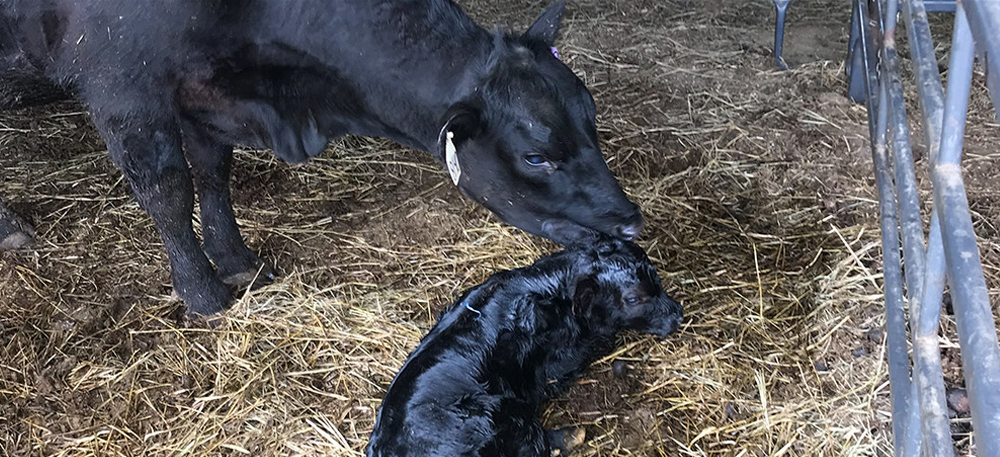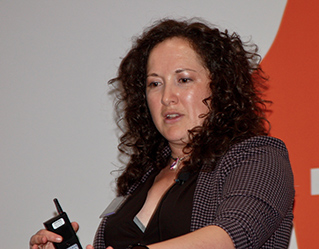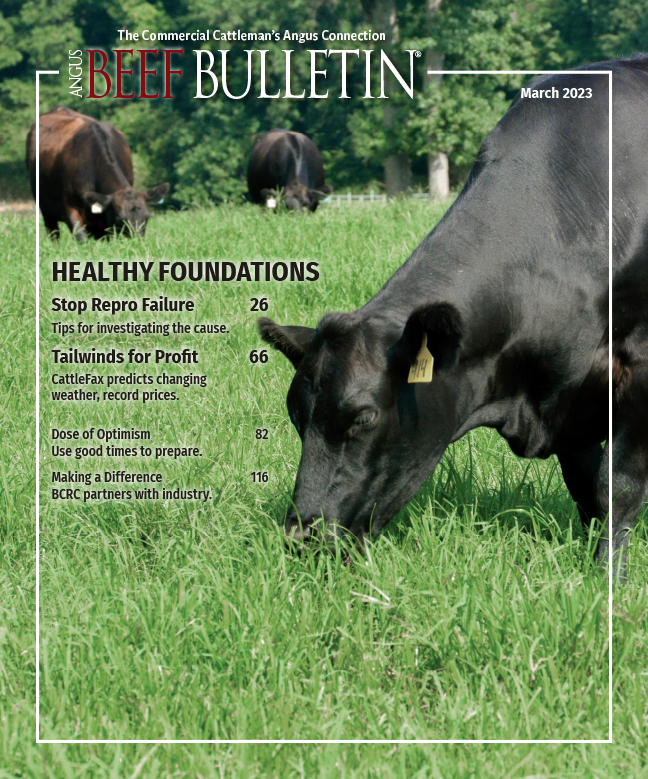
It’s Better to Have a Cattle Care Tool Kit
Must-have items for any cattle operation, any time of the year.
If you “Google” it, some results credit a German novelist; others claim it was an American mathematician who coined the phrase. Fans of the television miniseries Lonesome Dove aren’t buying either attribution. They are pretty sure it was the stoic trail boss and former Texas Ranger Woodrow F. Call who first said, “It’s better to have it and not need it than to need it and not have it.”
Captain Call offered that sage advice as he gave a pistol to the youngest cowboy in his charge. Foreseeing the dangers ahead, the mentor figured his protégé needed a proper tool for risk management. Sooner or later, the kid would have use for a working weapon, so he’d better have it handy.

Sooner or later, producers will need the things that go into a cattle care tool kit. [Photo courtesy of NCBA.] |
Call’s quote was a lesson in preparedness that applies to modern-day cattle folk, too. They might not need a 44-caliber sidearm, but National Cattlemen’s Beef Association (NCBA) staff veterinarian Julia Herman thinks prepared producers should have some basic tools assembled and ready when needed. That’s why Herman offered a Cattle Chat presentation on “Building Your Cattle Care Tool Kit” during the 2023 Cattle Industry Convention and NCBA Trade Show in New Orleans. Sooner or later, producers will need the things that go into this kind of tool kit. Usually, they will be needed in a hurry.
“The first thing to do, if you haven’t already, is to establish a veterinary-client-patient relationship (VCPR), and have your veterinarian’s emergency phone number available,” advised Herman, explaining that a VCPR requires that a veterinary practice has recent and sufficient knowledge of the producer’s cattle operation. A VCPR is required before a consulting veterinarian can provide diagnosis and treatment, including prescribing and dispensing drugs.
When building their own portable cattle care tool kit, producers will need a sturdy container. Herman recommended a large plastic toolbox or tackle box that can be closed tightly to protect against dust and moisture. Add to it some basic medical supplies, such as:
- large-animal thermometer (remember the normal bovine body temperature is 100° F);
- rubbing alcohol;
- soap;
- disinfectant;
- bandage material, including gauze pads, wraps and adhesive tape;
- balling guns, one for calves and another for adult cattle;
- hypodermic needles in various sizes;
- disposable syringes in various sizes;
- latex gloves;
- obstetrical (OB) sleeves in correct size;
- OB lube (for the tool kit, Herman prefers liquid form to powdered lube that must be dissolved in water);
- OB chains and handles or OB straps;
- esophageal feeder (use different feeding tubes for sick calves than for healthy calves);
- calf blanket or dog coat for chilled calves;
- flashlight or other portable light source; and
- bottled water for use in the field where water is unavailable.
“I also recommend investing in a stethoscope for your tool kit. You can listen to heart rate and respiration, and that could be useful when performing triage while on the phone with your vet. (Normal heart rate is 40 beats per minute, and normal respiration is 16 breaths per minute.),” said Herman. “Have a notebook in your tool kit to record symptoms, diagnoses and treatments, or you can keep records on your phone. You can also use a phone to take photos showing symptoms, and share those with your vet when seeking help with a diagnosis.”
Herman also reminded producers that preparedness means having an adequate system for capturing animals for examination and treatment — a means of handling cattle that is safe for the humans involved, as well as the animals. Get your handling facilities in working order; then take an inventory of your cattle care tool kit. Restock missing items now, before you forget. It’s better to have it and not need it than to need it and not have it.
Editor’s note: Troy Smith is a cattleman and freelance writer from Sargent, Nebraska.



